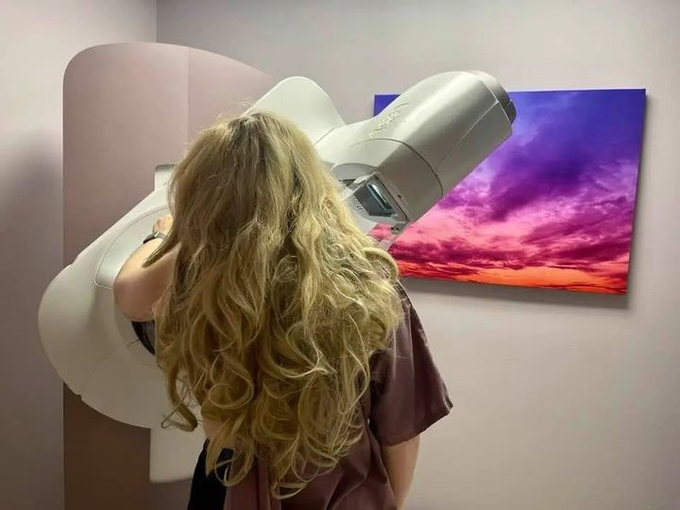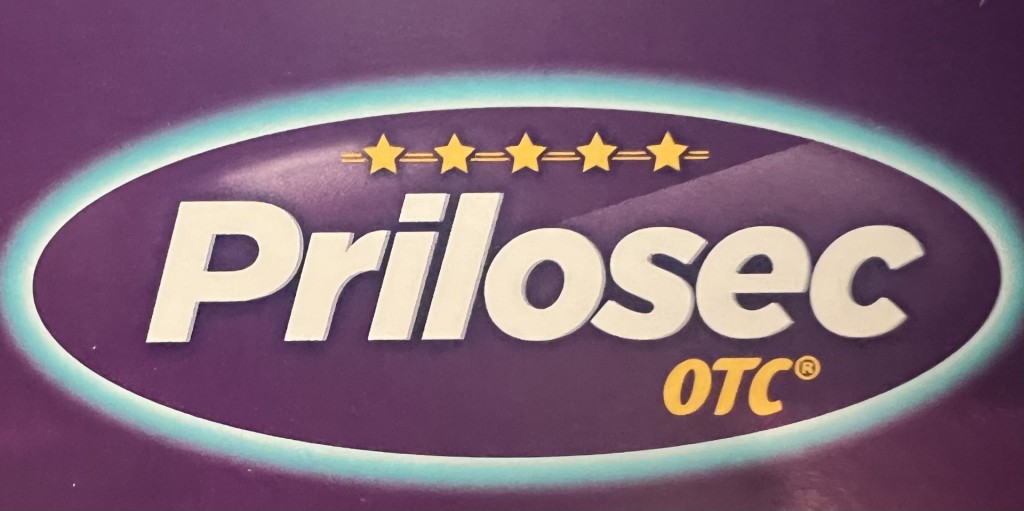A study out of the University of Hyogo in Awaji, Japan finds office plants to help improve the mental health of those who are stuck indoors all day doing a desk job.
The researchers evaluated 69 workers’ psychological stress and physiological stress, using questionnaires and monitoring pulse rates, who underwent a “control” phase without a desk plant, and an “intervention” phase with a plant of their choice from the following: air plants (Tillandsia pseudobaileyi), bonsai of japanese cypress (Chamaecyparis obtusa) or japanese black pine (Pinus thunbergii), san pedro cactus (Trichocereus pachanoi), foliage plants [parlor palm (Chamaedorea elegans), heartleaf philodendron (Philodendron oxycardium), or garden croton (Codiaeum variegatum)], kokedama of corn plant (Dracaena fragrans), and echeveria [peacock echeveria (Echeveria peacocki) or Echeveria ‘Splendor’].
They had training on how to take care of their plant, and needed to take care of it during the “intervention” phase of the experiment.
Not shockingly, those with desk plants who passively observed them, took care of them, or actively gazed at the plants showed improvement in overall stress and heart rate.
Multiple studies have shown a high resting pulse could signify future heart risk. Hence a lower resting heart rate is a positive health marker.
Study authors conclude: For business owners, small indoor plants could be economical and helpful in their effort to reduce stress-related conditions. In addition, for growers of indoor plants and business owners of rental plant companies, the field of mental health for office workers could be promising markets. Our findings provide a piece of evidence in using small indoor plants for promoting workers’ mental health in the office.
12 Plants That Make Your Home and Office Healthier
How clean is the air in your home? Noxious chemicals build up very quickly in one’s house. These include:
Carbon monoxide (from heaters, fireplaces),
Radon (from soil, drains, pipes),
Formaldehyde (from tobacco smoke, new wood furniture, flooring and cabinets, and glue, cosmetics and detergents)
Volatile Organic Compounds/benzene/trichloroethylene, (from plastics, rubber, detergents, degreasers)
Ammonia (from detergents, cleaners)
Xylene (from cigarettes, paint and car exhaust)
These chemicals have been linked to a variety of illnesses from “sick building syndrome” which includes fatigue, myalgias, asthma, headache, palpitations and possible nose bleeds to cancer and possibly death.
Household plants can help eliminate these from the air that you and your family breathe.
The following 12 household plants may come in handy:
3. Boston Fern
Removes formaldehyde
4. Snake Plant
Removes benzene and formaldehyde
5. Areca Palm
Removes most of the above mentioned chemicals and has been rated “Most efficient air purifying plant” by NASA and the Associated Landscape Contractors of America
6. Lady Palm
Removes formaldehyde and ammonia
7. Bamboo Palm
Removes benzene, trichloroethylene and formaldehyde
8. Peace Lily
Removes benzene, ammonia and formaldehyde
9. Golden Pothos
Removes most of the above chemicals
10. Dragon Tree
Removes xylene
11. English Ivy
Removes formaldehyde and mold
12. Chinese Evergreen
Multi-talented as well eliminating much of the above chemicals




Leave a reply to the novelist Cancel reply